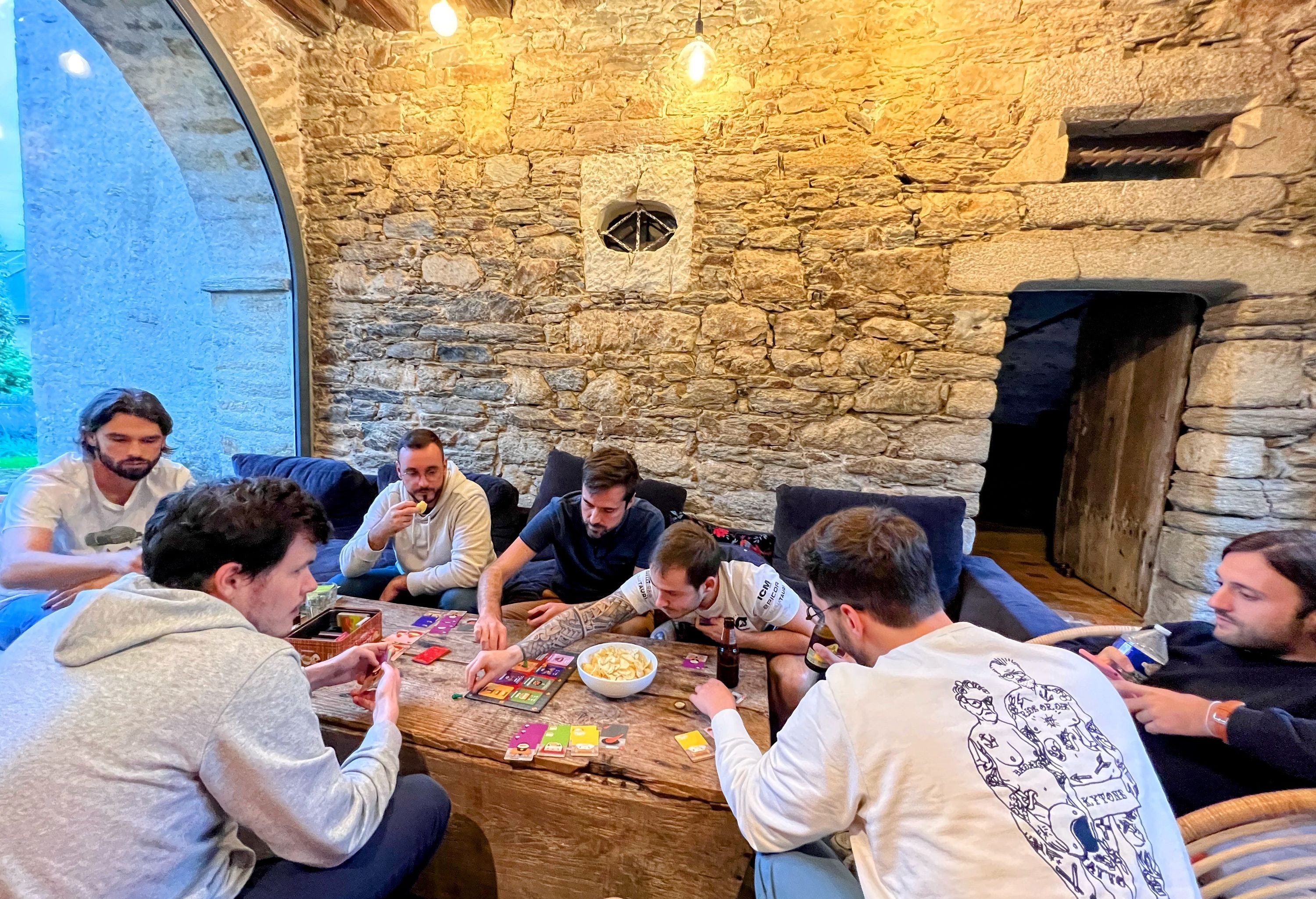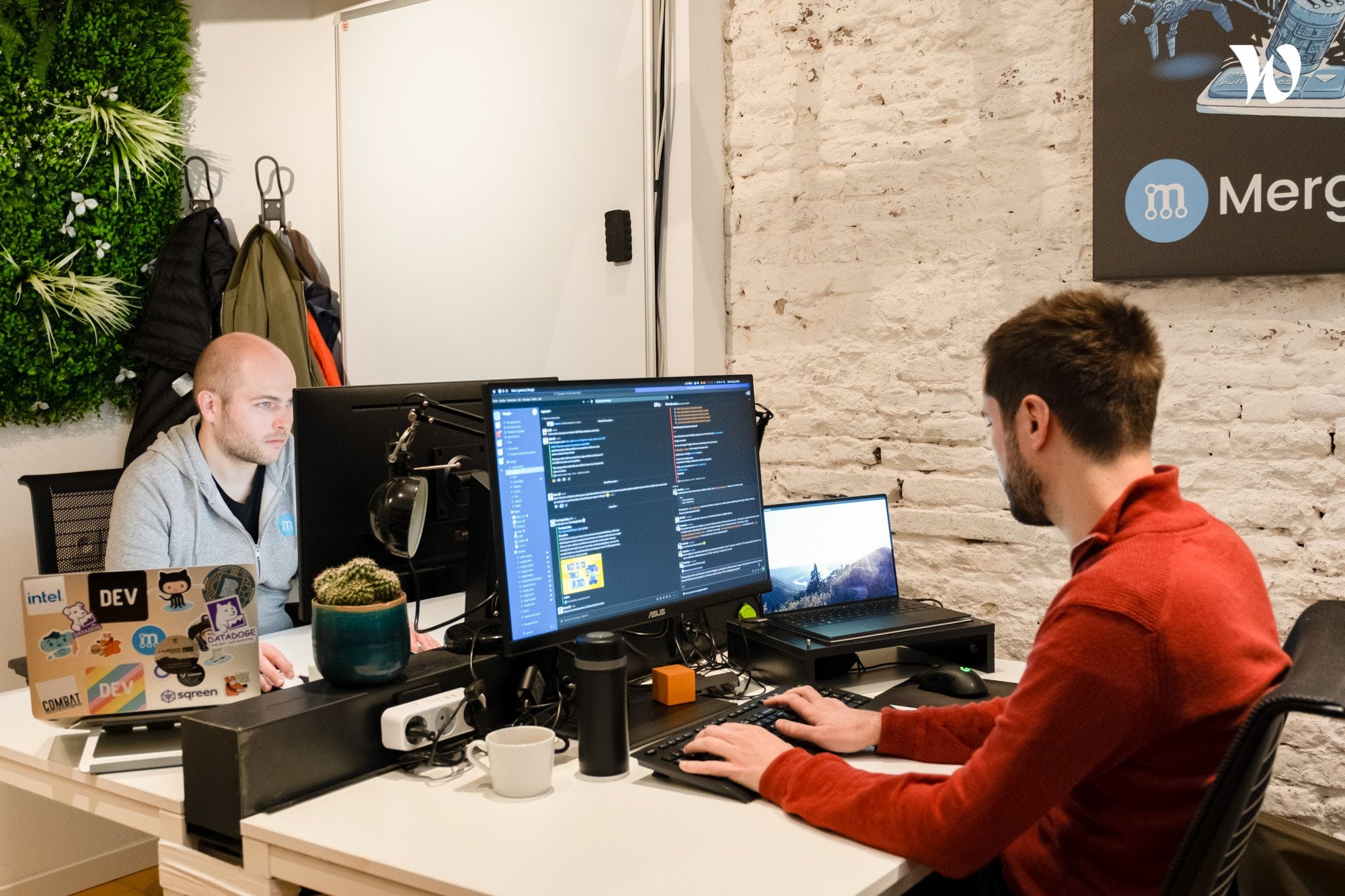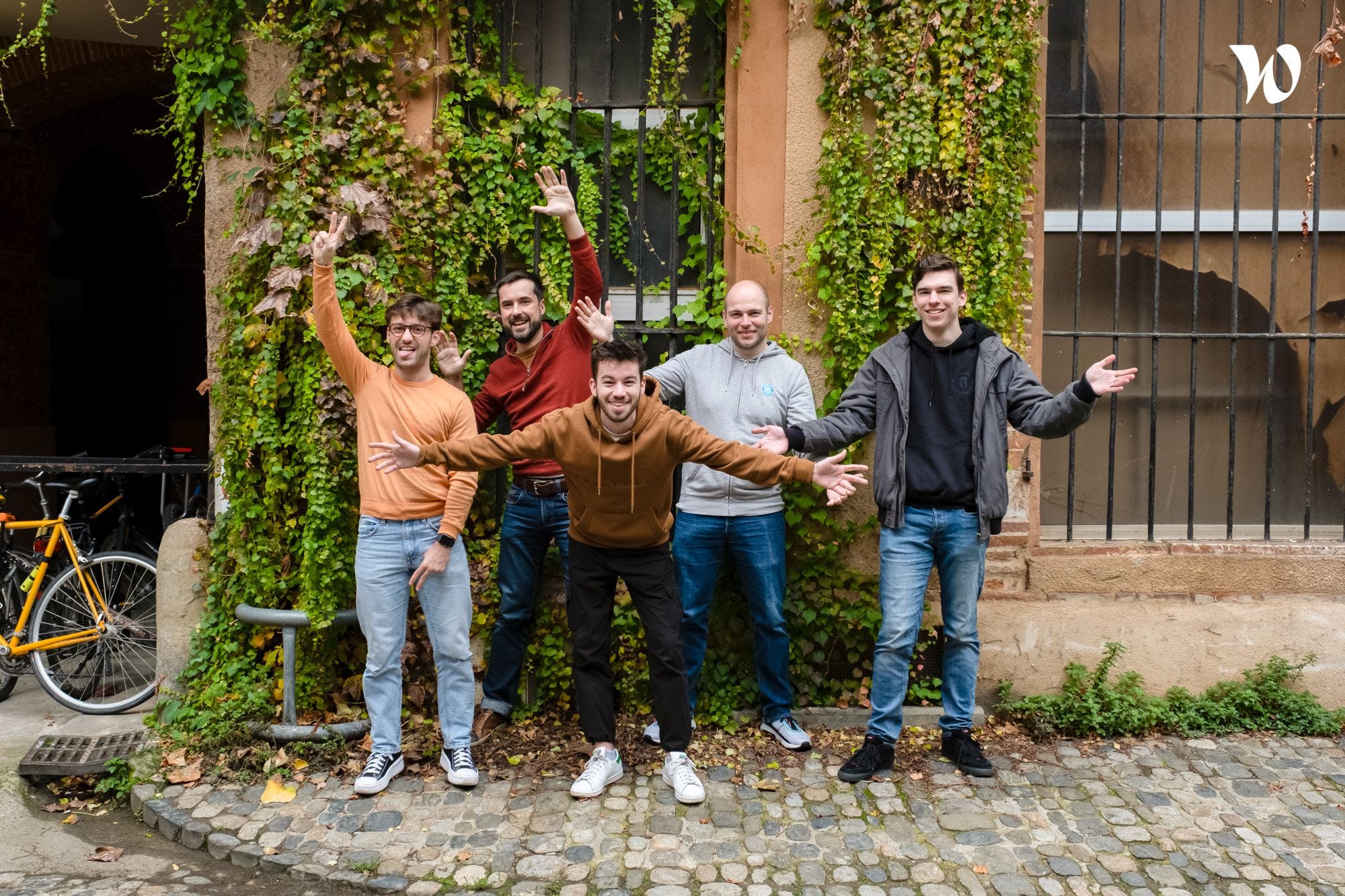Console
Working at Mergify
Mergify is an automation tool for GitHub pull requests, with a merge tool behind it. Automate your pull requests and leverage merge queues.
Tech stack
PythonReactTypeScriptDocker
How engineering works at Mergify
How are the teams structured?
We’re all technical, so we currently only have one engineering team. We are a remote first company and communicate with each other daily through Slack. We hold weekly meetings where we review the Linear tasks we have completed and plan for the tasks we will do next. Our work is largely asynchronous, with GitHub Reviews used for code reviews and the whole team reviewing each other's work daily. We do not have large, structured roles and instead, each engineer works on features and is responsible for addressing any issues that may arise with those features.
What tools do engineers use?
- Source Control: GitHub
- CI/CD: GitHub Actions
- Ticketing: Linear
- Design & Mockups: Figma
- Cloud Infrastructure: Heroku
- Monitoring: Datadog
- Incident Management: Incident.io
Can developers pick their own tools?
For their local development environment, developers can use whatever tools they prefer. However, we have a strong CI/CD process and high standards for code changes, which must be thoroughly reviewed, and tested, before being merged. Once a code change meets our policy requirements, the candidate is free to use whatever methods they prefer to implement it.
How does the development process work? What's the process for working through bugs, features and tech debt?
For our development process, we maintain a list of backlog items, including both bugs and new features. We plan out which tickets to work on for the current week and review our progress at the end of the week. In addition to this day-to-day development workflow, we also receive feature requests from customers. Two team members handle project management and gather additional information about the request using Linear.
We then hold a meeting with the engineering team to discuss the use case and create a detailed plan in Notion, including technical considerations. This results in a number of more specific, technical tickets that can be taken on by engineers who are interested in the subject. We encourage our engineers to "own" the features they build and to address any necessary refactoring or maintenance work as part of the development process in order to minimize technical debt.
How does code get reviewed, merged, and deployed?
For code reviews, the engineering team reviews each other's work on a daily basis. We recommend that people push their changes to GitHub as soon as they are ready to do so, as the code is rarely perfect on the first try and will require iteration.
When everyone agrees that the code is ready to be merged, we run a suite of automated tests on the pull request, including unit testing, functional testing, and informational testing, to ensure that the code is working as intended. If all of the CI tests pass and all of the reviews have been completed, the code can be automatically merged and deployed to production through our CI/CD pipeline. The quality of our code is extremely important to us, as we rely on automation to deploy our code efficiently.
What is the QA process?
We prefer to minimize manual testing and aim to have as many functional tests as possible in order to maintain a high level of quality. We use a variety of tools, including automatic linters, to ensure that our codebase is consistent and follows our standards. We sometimes discuss with other engineers about adding new linters or other tools to enforce certain conventions or avoid certain language features. By automating these checks, we can reduce the burden on code reviewers and ensure that code that meets our standards is automatically approved.
The rest of the QA is done via functional testing. There is nothing that is manually tested at any point. Engineers write scenarios that are run in the CI system all day long, making sure nothing’s ever broken.
What are some recent examples of interesting development challenges solved by internal teams as part of building the product?
We rely heavily on the GitHub API for our application, which presents some challenges in terms of following the API's rules and avoiding being banned or rate-limited. This requires us to carefully consider the number of API calls we make and try to minimize them wherever possible.
Recently, we developed a new feature for more precise statistics, but it resulted in a significant increase in API calls to GitHub. As a result, we had to revert the change and come up with a new solution that would be more efficient in terms of API usage. This is just one example of the challenges we face when working with the GitHub API and trying to balance the needs of our customers with the need to be mindful of API usage.
How does on-call work?
During office hours, every engineer monitors a Slack channel for production alerts or exceptions reported through Sentry. If an engineer wants to take on an issue, they can use the incident.io tool to report it and work on a solution. Incidents are prioritized based on their importance and impact, and it is up to the assigned engineer to resolve the issue.
If necessary, the engineer can discuss potential solutions with their colleagues over Slack. We try to resolve incidents as quickly as possible, often by reverting changes and rolling back to a previous version of the software. We document the incident and any steps taken to resolve it using incident.io and create new tests in Linear to prevent similar issues from occurring in the future.
The lead engineer for the incident writes a post-mortem report, which is published in incident.io and on Notion. When we are out of the office, this process is similar, with a limited number of engineers available to handle incidents outside of regular office hours.
Hiring process at Mergify
How does the application process work? What are the stages and what is the timeline?
For the application process, we aim to be efficient and move quickly. We try to complete all the interviews within a two weeks timeframe. The application process for our company has three steps.
- The first step is a call where we present the company, our product, and information about the candidate, including their background and why they are interested in working for our company. If the first call goes well, we send the candidate a small software exercise to complete. This exercise is tailored to the specific engineering role they are applying for and may involve spinning up an API server or making requests to the GitHub API.
- In the second step, we review the completed exercise and discuss it with the candidate from a technical perspective, focusing on Python and the software architecture.
- The final step of our application process is a cultural values interview, during which we discuss our company's values and vision with the candidate. We provide them with a document to read beforehand and answer any questions they have about our values and the way we operate as a company. This is also an opportunity for the candidate to ask any non-technical questions about the company, the product, and the role they are applying for. It is important for us to ensure that the candidate is a good fit with our culture, especially since we are a remote company and it is important for them to be comfortable working from home.
After the interviews, we also conduct reference checks, which can take some time if people are slow to respond to emails. Our goal is to be as fast as possible in order to be respectful of the candidate's time and provide a conclusive answer as soon as we can.
What is the career progression framework? How are promotions and performance reviews managed?
As a small company, we have a simple process in place for career progression. We conduct annual reviews, where each employee does a self-review of their work and shares it with us. The manager also does a review and another engineer from the team is chosen to provide their perspective as well.
We have a meeting to discuss if everything is going as expected, or if an employee is exceeding our expectations. We highly value ownership and encourage employees to take on additional responsibilities outside of their job description if they are interested. Everything is documented in Notion, and we appreciate when employees take on additional roles such as marketing.
About Console
Console is the place developers go to find the best tools. Each week, our weekly newsletter picks out the most interesting tools and new releases. We keep track of everything - dev tools, devops, cloud, and APIs - so you don't have to.
Subscribe to the weekly Console newsletter
An email digest of the best tools and beta releases for developers. Every Thursday. See the latest email


